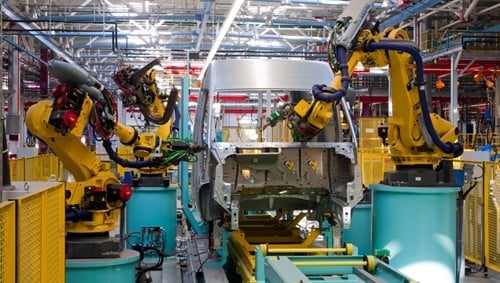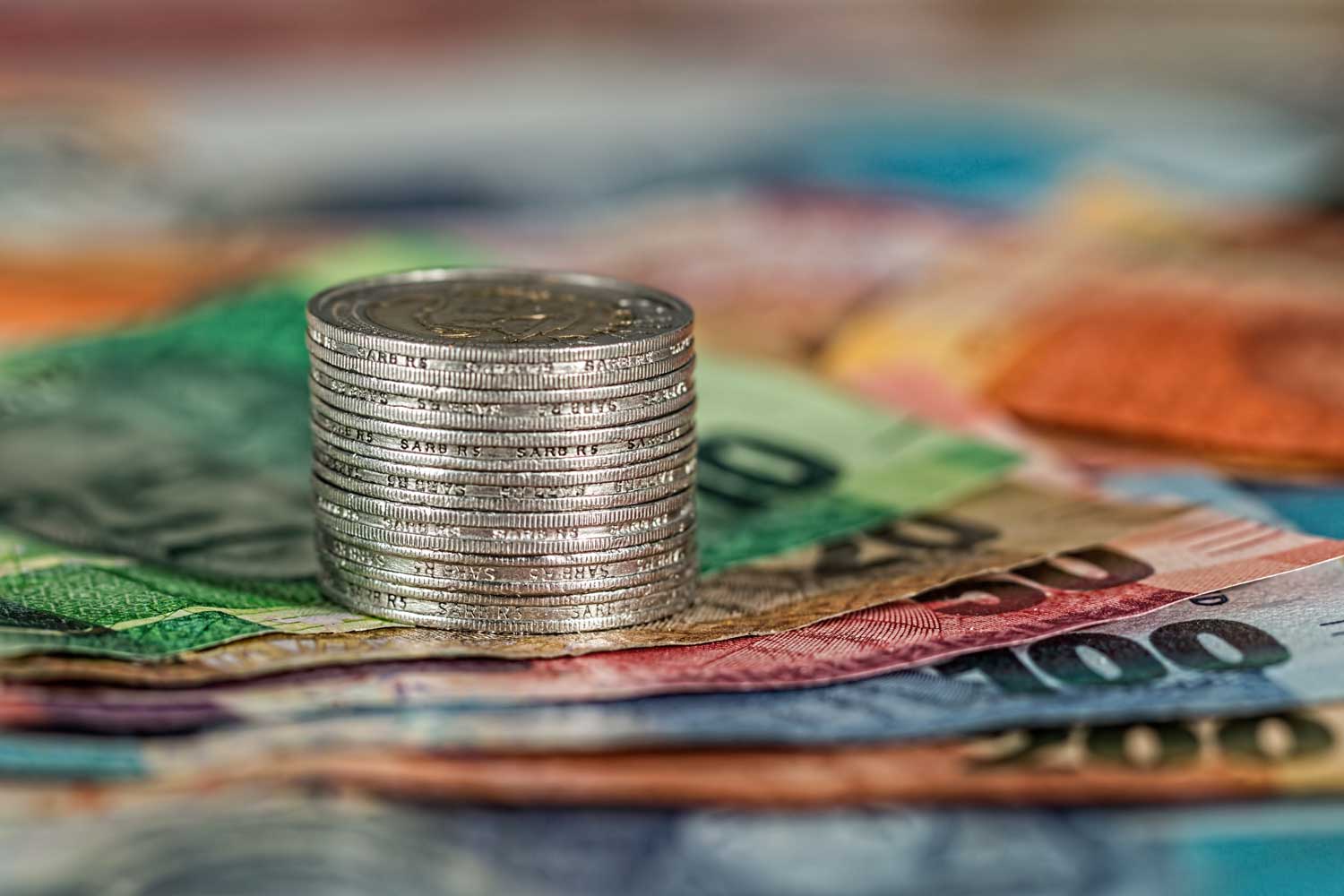The energy and new construction markets continue to expand in Mexico as a 39-megawatt solar farm called Aura 1 was dedicated by Mexican President Enrique Peña Nieto on March 26. The plant will produce 82 gigawatt hours of energy per year, and feed electricity into the grid that powers the Mexican city of La Paz, according to PV Magazine.
"Aura Solar is an important platform to encourage the installation of more solar facilities in Mexico," the company building the new solar array, Gauss Energia, said in a press release. "We are confident that this will trigger a new solar industry in the country."
A major solar investment
The sheer size of the array will quadruple the solar capacity of Mexico as soon as it comes online.
The site will last for three decades, and it will be run as a power purchase agreement (PPA) for the first 20 years of its life. A PPA means that the government will hire a third party to run the array and pay for the electricity. The grid cost an upfront fee of $100 million to build.
"Direct government subsidies such as feed-in tariffs are not available for the project, nor are required for sustaining its profitability," said Hector Olea, the president and CEO of Gauss Energia. "Instead, Aura Solar operates under the small production regulatory approach, in which Mexican regulation requires CFE [Comisión Federal de Electricidad] to buy all power produced by the project under a PPA contract."
He added that the price for the electricity coming from the solar grid is unspecified, though the Aura solar project will operate on market terms, so that it is a money-making facility for Gauss Energia.
Mexican manufacturing industry comes into its own
Not only are places along the toward the north (La Paz is in Baja California) doing well. Mexico as a whole is seen in the long term as experiencing excellent economic growth, according to The Epoch Times. Although it spent many decades facing difficulties, Mexico has become one of the most stable economies in the world since the North American Free Trade Agreement. In 2000, Mexico's international reserves were $35 billion. In 2012, that number grew to $163 billion.
Since the passage of NAFTA, it has been signing so many free trade agreements that it has more than any other country in the world. Mexico also has access to the U.S. and both the Atlantic and Pacific oceans, allowing for easy shipments around the world. According to The Epoch Times, there are reports that argue Mexico will become the seventh strongest economy in the world.
President Nieto has also opened up the oil and gas market to foreign investment, making Mexico's rich shale fields available for companies that want to build refineries.
Former Mexican President Felipe Calderón first began expanding Mexico's economy many years ago, according to the source. In the last year of his presidency, the economy climbed by 3.9 percent. While Nieto hasn't been able to improve the economy up to this level, he has had more to work with. Much of Mexico's slow economic expansion could be contributed to the U.S.'s own sluggish growth.
However, on the other side of that argument, Nieto's policies attracted more than $33 billion in foreign business investment in 2013. Nieto has also made many reforms to Mexican politics and business practices.
Other common nearshoring countries are performing strongly as well. According to The Epoch Times, key governments like the one in Puerto Rico are creating strategies for boosting their economies.
According to the Miami Herald, the Electric Energy Authority, which controls energy in Puerto Rico, is instigating changes that will reduce production costs and decrease already low fees (compared to the U.S.) by 40 percent.
Subscribe
Sign up and stay informed with tips, updates, and best practices for manufacturing in Mexico.





